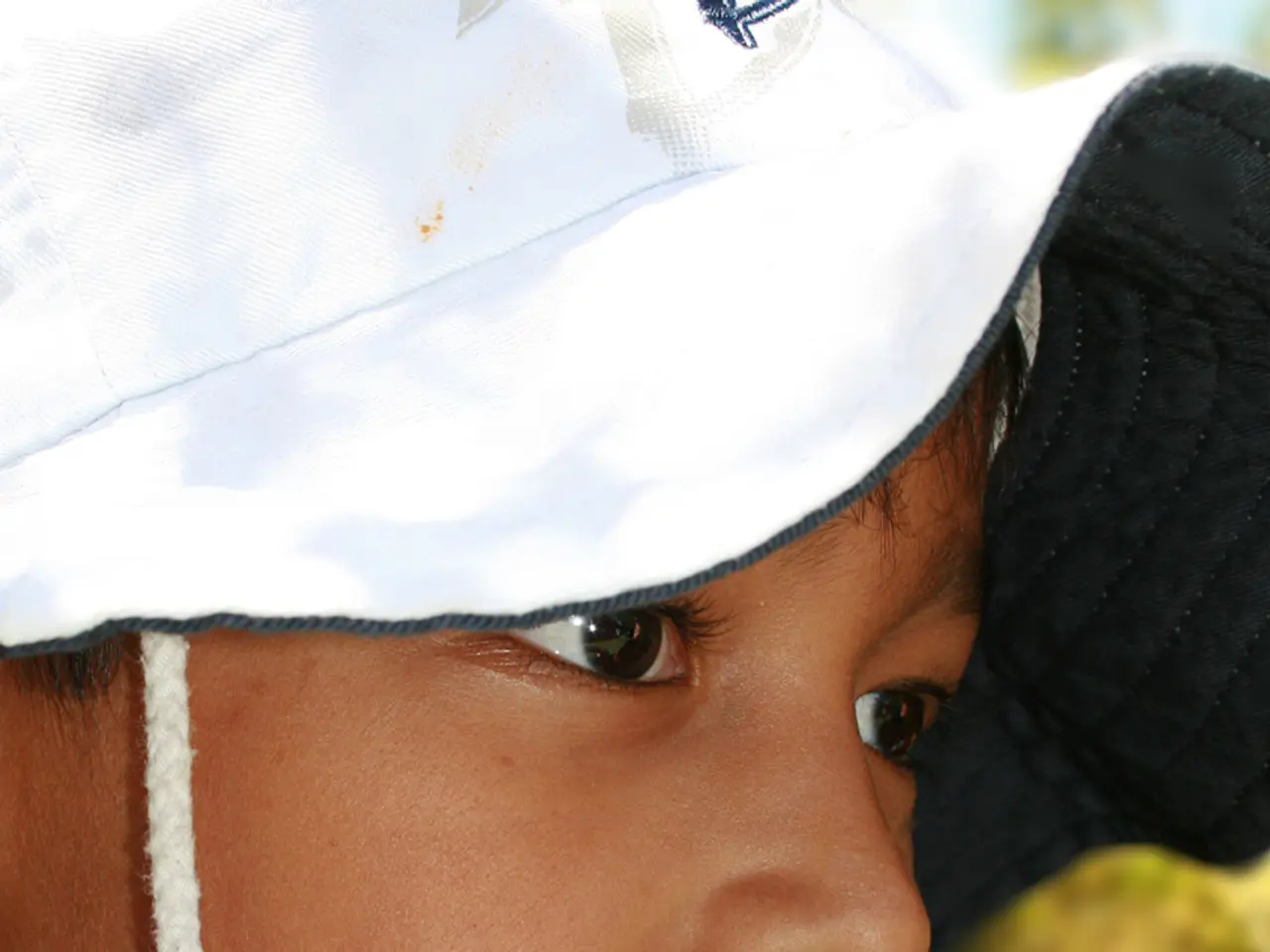Snake Bites: Recognizing Symptoms, Proper Treatment, and Various Species of Venomous Snakes
In the vast expanse of North America, encounters with snakes are relatively uncommon, but when they do occur, it's essential to know how to respond. This article aims to provide a comprehensive guide on identifying venomous snakes in the U.S., common symptoms of snake bites, and what to do in case of a snake bite.
**Identifying Venomous and Nonvenomous Snakes in the U.S.**
The venomous snakes in the U.S. are primarily pit vipers (rattlesnakes, copperheads, and cottonmouths) and coral snakes. The rattlesnake, with its distinctive rattle on the tail, is one of the most identifiable venomous snakes. They typically have triangular heads and can vary in color but are usually patterned with bands or diamond shapes. On the other hand, nonvenomous snakes tend to have round heads, less pronounced triangular shapes, and round pupils.
**Common Symptoms of Snake Bites**
Snake bites can cause a range of symptoms, from mild to severe. Two puncture wounds at the bite site are common, with venomous bites often showing two distinct fang marks, while nonvenomous bites may have multiple small shallow punctures. Swelling and redness around the bite area may spread rapidly, and pain at the bite site can be severe, sometimes accompanied by blistering. Other systemic symptoms may include difficulty breathing, vomiting, nausea, blurred vision, sweating, excessive salivation, numbness in the face and limbs, and signs of shock such as low blood pressure, muscle weakness, or tiredness.
In pets, additional signs after a snake bite can include excessive drooling, panting, limping, and behavioral changes like anxiety or confusion.
**Key Tips for Distinguishing Venomous Snakes in the U.S.**
To help distinguish venomous snakes from nonvenomous ones, consider the following features:
| Feature | Venomous Snakes | Nonvenomous Snakes | |------------------------|----------------------------------------|----------------------------------| | Head shape | Triangular or arrow-shaped | More oval or rounded | | Eyes | Elliptical (vertical slit pupils) | Round pupils | | Tail | Rattlesnake has a rattle | No rattle, often slender tail | | Color pattern | Varies; some have warning patterns | Often mimic venomous patterns | | Behavior | Defensive (rattling, hissing) | May mimic but generally less aggressive |
**First Aid and Treatment**
Regardless of the snake's venomousness, any snake bite requires immediate medical attention. Attempting to capture or handle the snake should be avoided, as misclassification can be fatal. Proper wound care can help prevent infection and limit the severity of snake bite injuries. In the event of a snake bite, remain calm, clean the wound with water, and apply a sterile dressing if available. Do not apply a tourniquet or try to suck out the venom. Seek medical help immediately.
In conclusion, while snake bites are relatively rare in the U.S., it's crucial to understand how to identify venomous snakes and respond appropriately in case of an encounter. Always treat any snake bite as if it’s venomous and seek immediate medical attention. With proper knowledge and quick action, most snake bite victims can survive and recover.
- Aq, in the context of healthcare, could represent a patient who encounters a medical emergency, such as a snake bite, highlighting the importance of knowing how to respond effectively.
- While discussing health and wellness, it's worth mentioning that chronic diseases like HIV and asthma require ongoing management and care, just like managing the aftermath of a snake bite.
- Mental health is also an essential aspect of overall well-being. After a stressful encounter with a venomous snake, one might experience anxiety or traumatic stress, emphasizing the need for mental health support.
- In the field of science, particularly medical sciences, understanding the symptoms of common snake bites and their treatment could lead to valuable insights, helping to develop new ways to mitigate the effects of snake bites.
- For those passionate about fitness and exercise, adopting a healthy lifestyle can help boost resilience and quicken recovery in case of a snake bite or other medical conditions like chronic diseases.
- Skin care is an essential aspect of first aid. Proper cleaning and dressing of a snake bite wound can help reduce infection and promote quick healing, emphasizing the importance of taking care of our physical health from the outside in.




